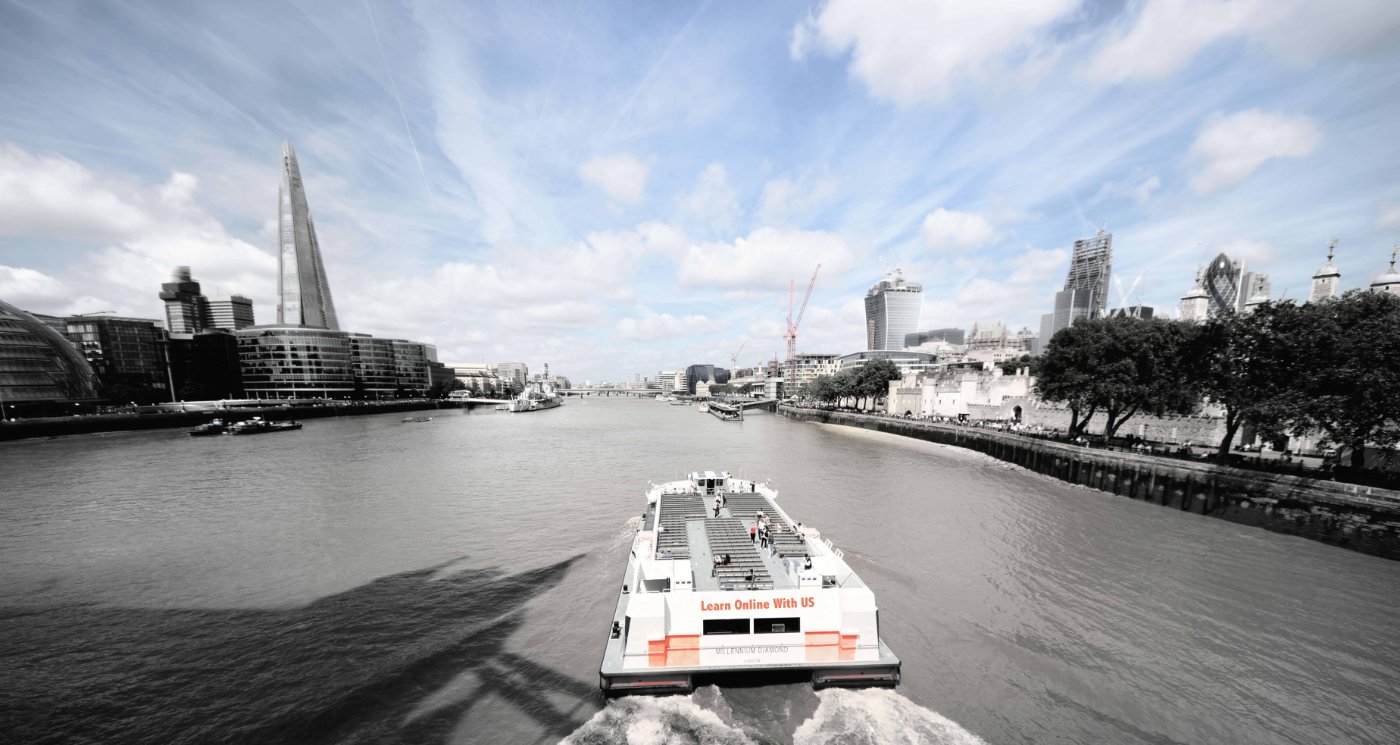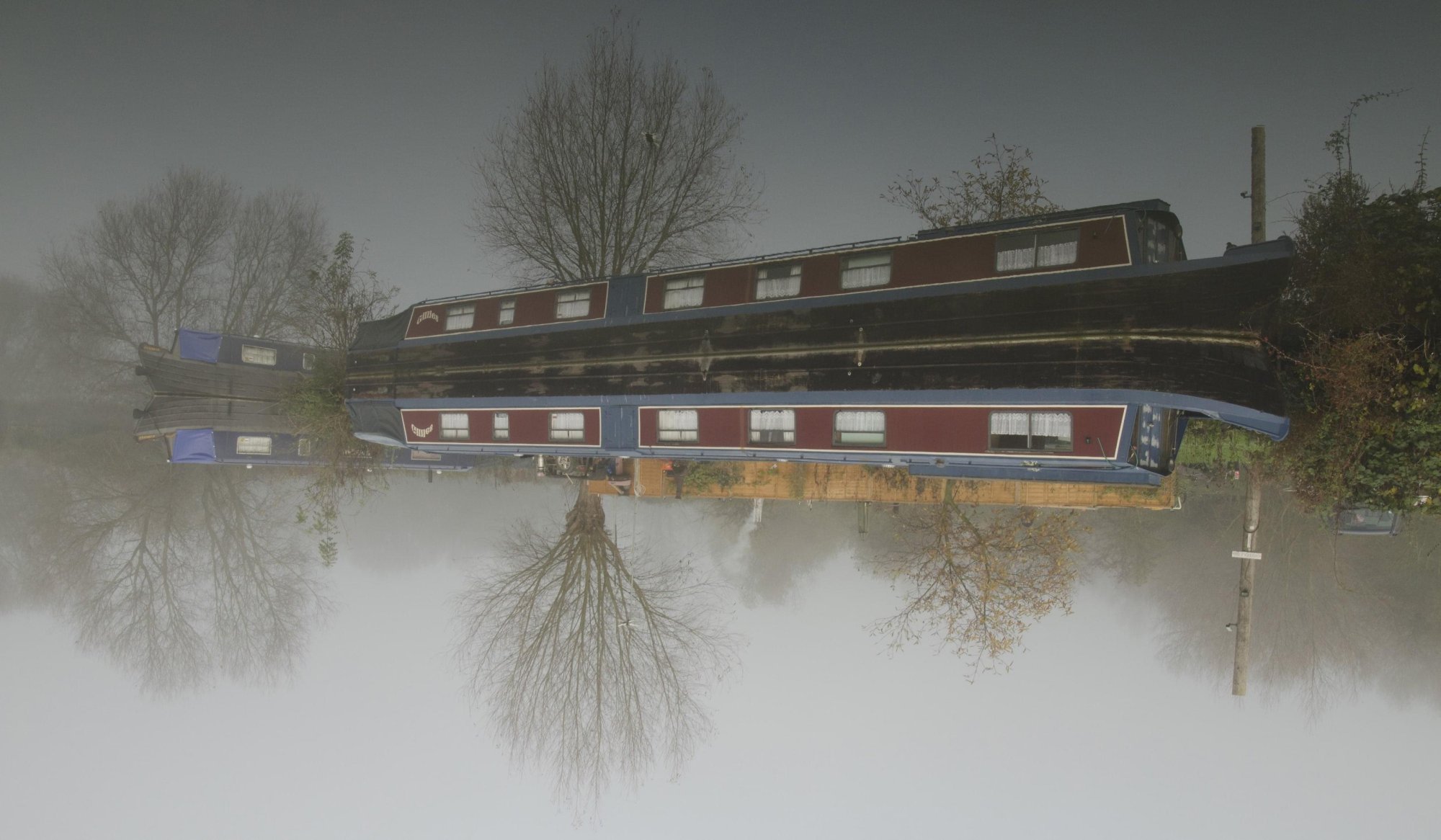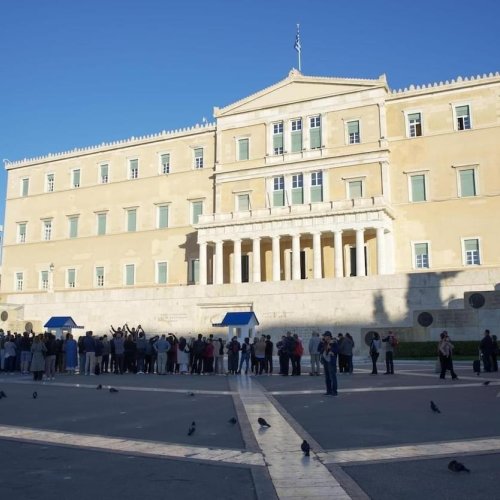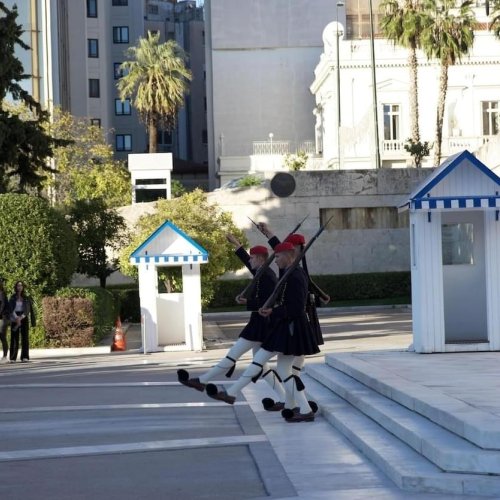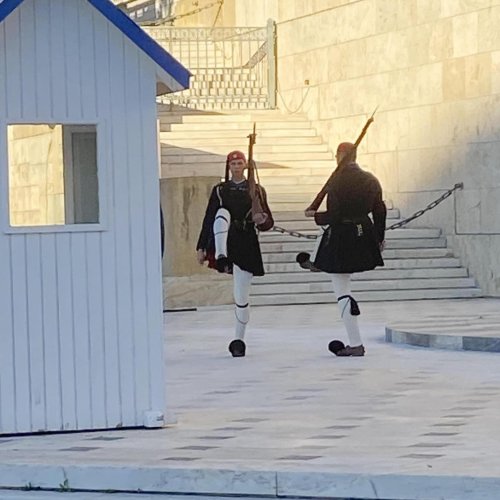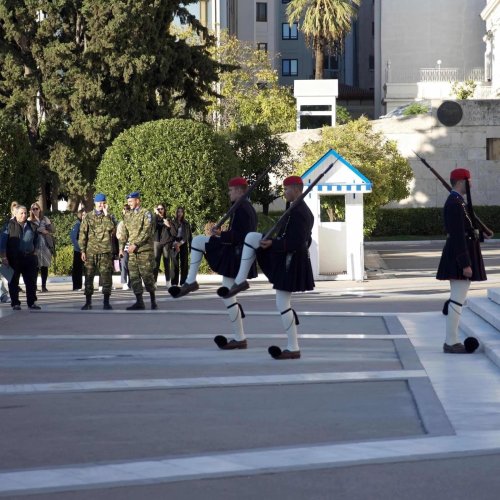Hellenic Parliament
The building was designed by the revered German architect Friedrich von Gärtner and its construction lasted from 1836 to 1842. Originally, it served as the palace of the King of Greece. It was inhabited by King Otto and his wife, Queen Amalia, and later by King George I and his family. However, in 1909, a fire caused extensive damage to the building and restoration works started. When the monarchy was abolished in 1924 after a referendum, the building was used as a museum and a hospital.
In November 1929, the government decided to move the Parliament House to this building. Until then, the Parliament was housed in a building on Stadiou Street, which now houses the Historical Museum. Although the monarchy was restored in Greece in the same year, the Parliament has been housed there ever since and the royal family moved to the current Presidential Palace.
More information about the Hellenic Parliament
The main Chamber of the Parliament is housed on the ground floor, in the once Ball Room. It is amphitheatrical and a stained glass room provides natural light in the daytime. The seating of the MPs is arranged in five circular sectors. A balcony above the Chamber is used as the visitor's gallery. An almost identical, smaller chamber was built on the second floor for the use of the Senate, but since the Senate was abolished, it is now used for party meetings.
In front of the Parliament is a monument guarded by an infantry unit of the Greek army, the Evzones. It is called the Tomb of the Unknown Soldier, honoring all the unknown soldiers who died or bled for their country. The monument was inaugurated on March 25, 1932, the National Day when the Greeks celebrate the declaration of the War of Independence against the Ottomans.
Evzones wear traditional Greek uniforms with their most distinctive part being foustanela, a kilt-like skirt.
The changing of the guard takes place every hour. During their service, the Evzones are not allowed to talk or move at all.

